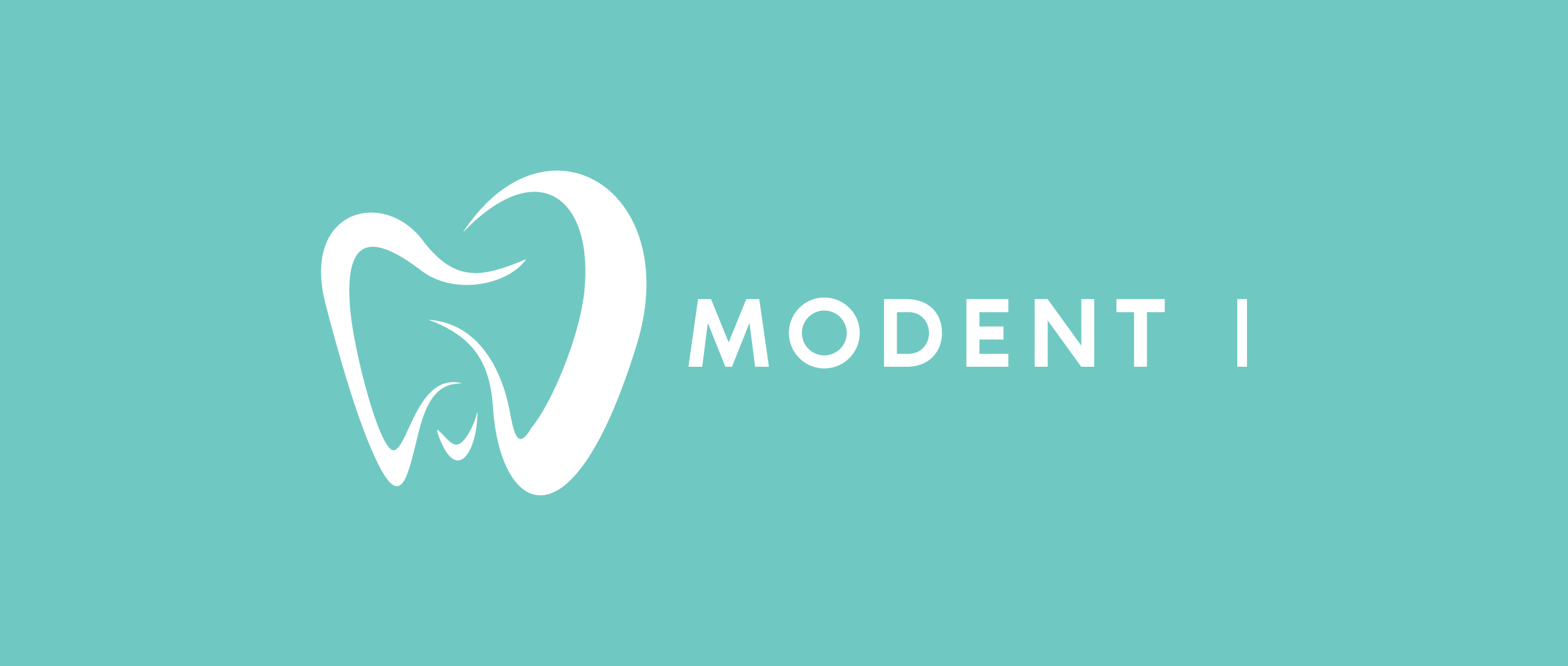Electric or manual toothbrush?

Amalgam or composite fillings
October 2, 2018
Amazing Foods to Strengthen Teeth
October 23, 2018Since no one can move hand 30,000 times a minute wich is aspeed of electric toothbrush, this does not mean that such brushes are always a better choice than manual.
The truth is that electric and manual toothbrushes each have their own benefits.
Electric toothbrush
A review of studies showed that, in general, electric toothbrushes do decrease more plaque and gingivitis than manual toothbrushes. After three months of use, plaque was reduced by 21 percent and gingivitis by 11 percent. Electric toothbrushes does most of the work for you. They may be helpful for anyone with limited mobility, such as people with arthritis or developmental disabilities.
A timer built into an electric toothbrush can help you brush your teeth long enough to sufficiently remove plaque from your teeth and gums.
At least one study found that people were more focused when brushing their teeth using an electric toothbrush. This improved people’s overall experience brushing and could potentially improve how well you clean your teeth.
Finaly electric toothbrush is more engaging to your child, it can help accomplish good oral cleaning and set healthy habits.
Manual toothbrush
Manual toothbrushes have been around for a long time. While they don’t have the bells and whistles found in many electric toothbrushes, they are still an effective tool for cleaning your teeth and preventing gingivitis.
If you’re most comfortable sticking with a manual toothbrush, continue using one if it means you’ll still brush twice per day, every day.
Manual toothbrushes are cost-effective.
Toddlers and kids can safely use an electric toothbrush on their own. Though, it’s recommended that you supervise your children while brushing their teeth to make sure they spit out their toothpaste and don’t swallow it.
However, whatever the toothbrush has gone through, it’s important to use it regularly and take enough time to maintain oral hygiene.

Portrait of pretty young woman brushing her teeth in the bathroom.




